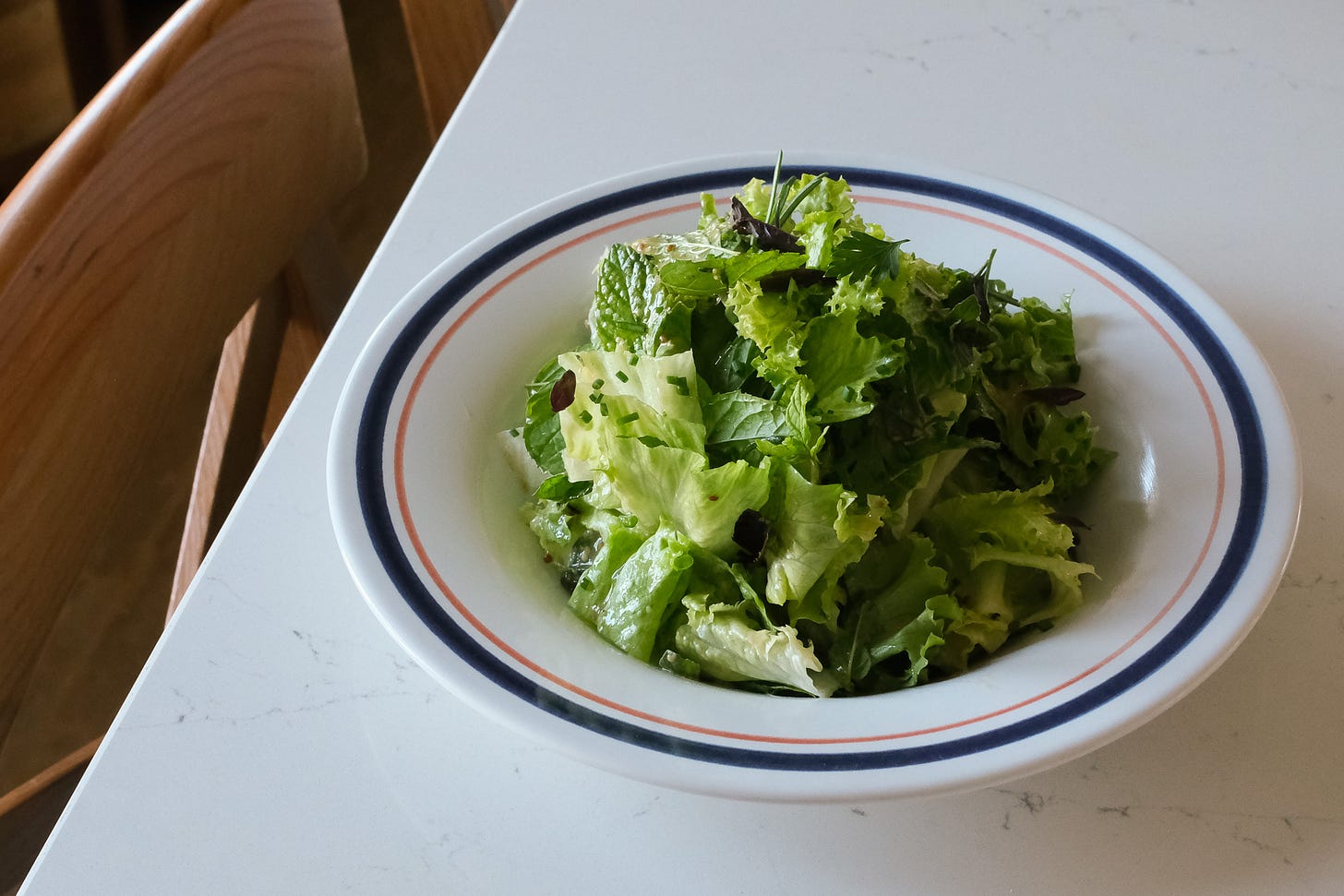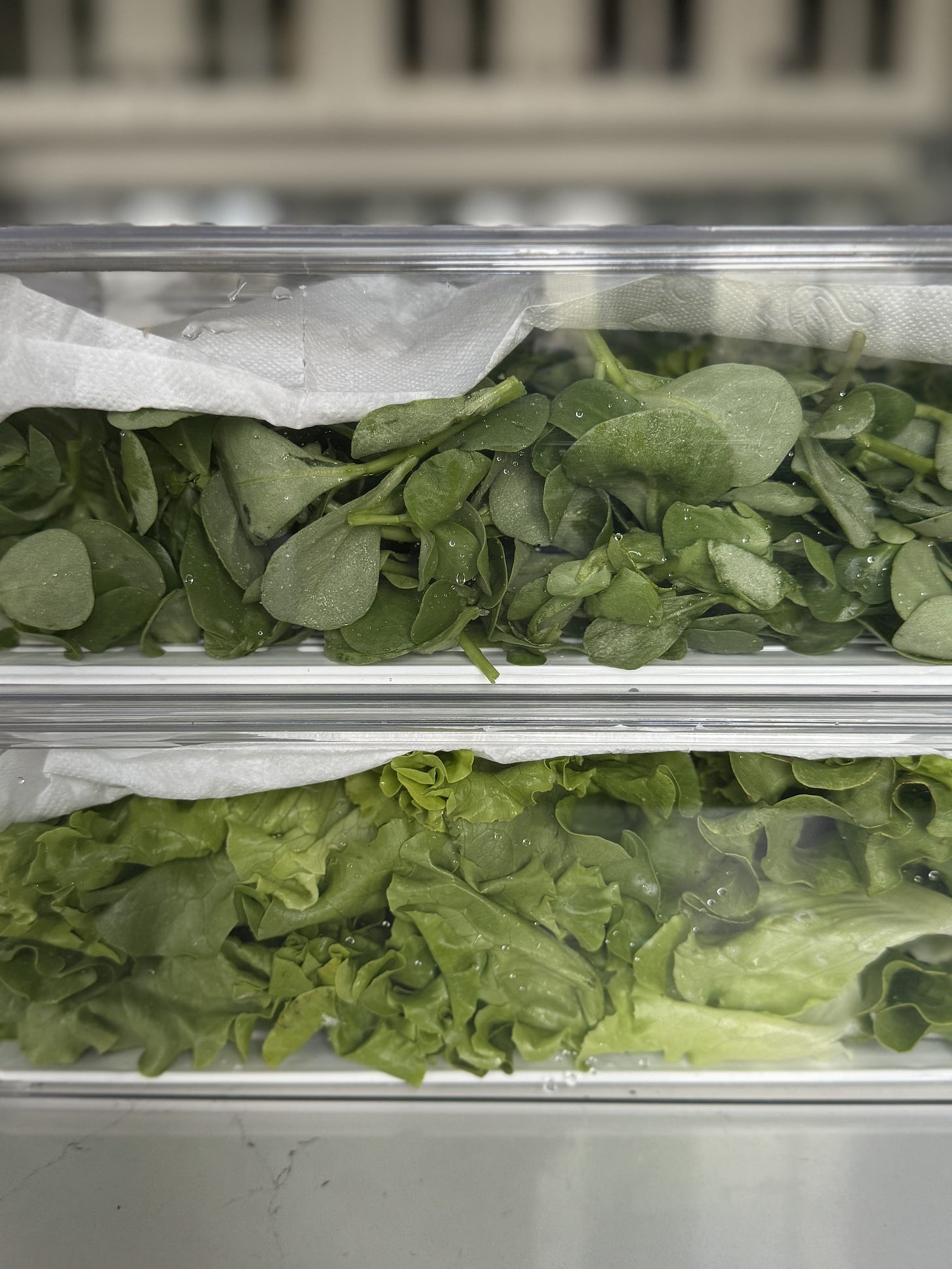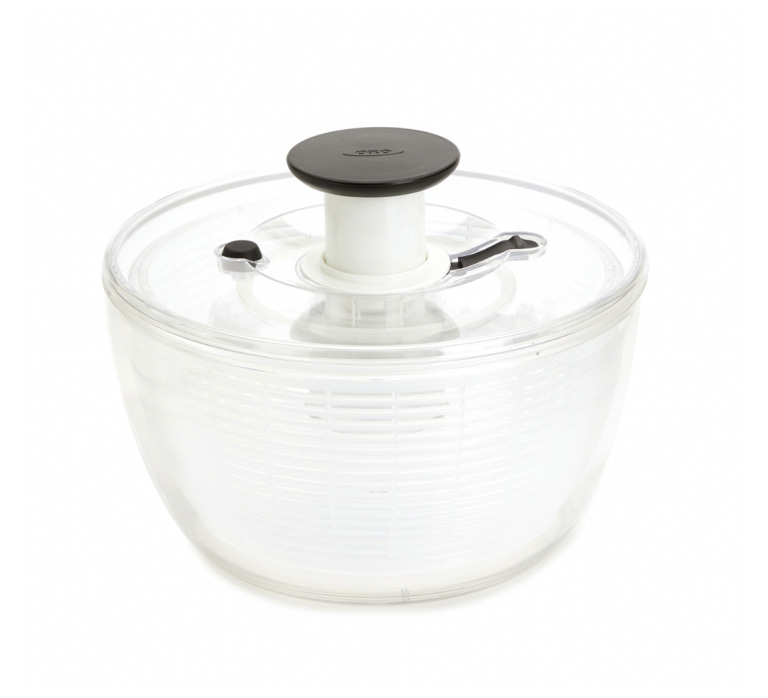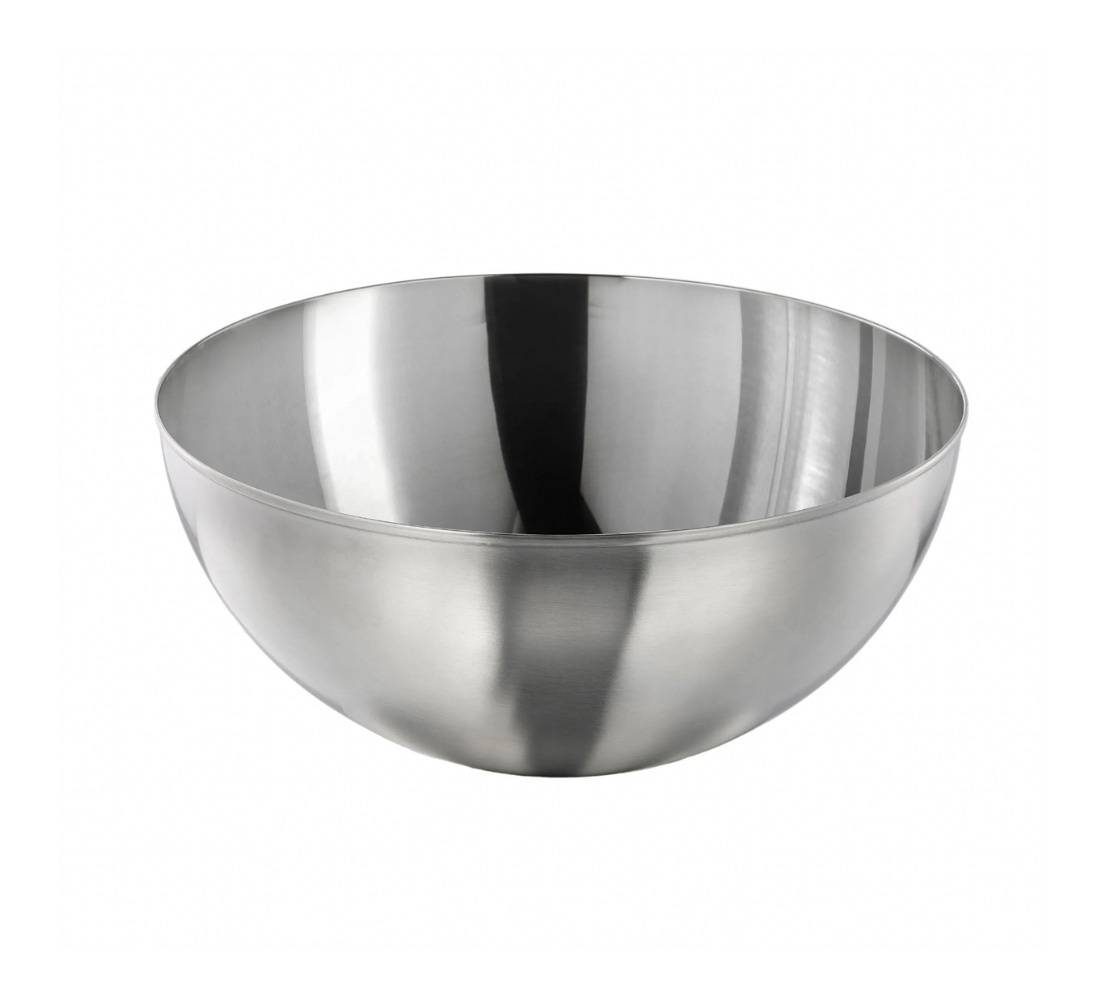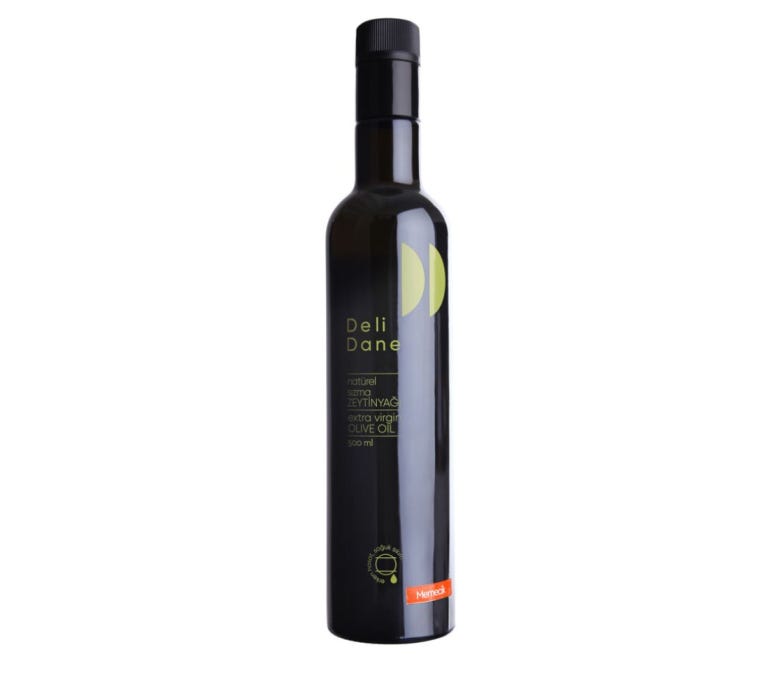A great green salad doesn’t come from a recipe—it comes from method. Fresh, dry leaves. A balanced vinaigrette. Herbs chosen with restraint. And timing. When everything is just right, even a handful of lettuce becomes something worth serving. This is a guide to getting it right.
Enjoy,
Dilara
In cooking, simplicity—done well—can be its own kind of sophistication. A green salad isn’t just something you throw together. It’s a composition. One that begins with respect for each element.
It starts with freshness. Wet leaves or gritty textures can ruin even the best-dressed bowl. Handle greens like flowers—lightly, without pressure. Use a sharp knife to avoid bruising. Bruised greens bleed, which dulls their texture and stains your board.
Wash everything thoroughly. Cold water with a splash of vinegar or baking soda helps lift grit and pesticide residue. Rinse well and dry completely—this is essential. Waterlogged leaves repel vinaigrette and make the whole thing soggy. A salad spinner is your best friend.
Storage matters too. Once dry, wrap the greens in paper towels and store them in a sealed container or produce bag. This keeps them crisp and ready, especially useful if you’re prepping ahead. And if they’ve wilted? Ice water for 10 minutes brings back a surprising amount of life.
Once you’ve nailed the prep, think about contrast. A good salad plays with balance: bitter arugula with sweet fruit, creamy cheese with crisp lettuce, herbs that whisper—not shout.
When it comes to vinaigrette, ratios matter. Classic French technique calls for 1 part acid to 3 parts oil. I prefer 1:2 for more punch. Whether you’re using lemon juice, red wine vinegar, or balsamic, this is your base for play.
For heartier greens like kale or radicchio, go richer: emulsify an egg yolk into your dressing, use a more neutral olive oil, or lean into deeper vinegars.
And don’t just drizzle—dress. Emulsify your vinaigrette fully, then use a wide bowl and your hands to fold it through. Your goal isn’t saturation, it’s shine. Each leaf should be lightly coated, not soaked. Tongs will bruise herbs; fingers won’t.
One last note: vinaigrette should taste bold on its own—saltier and more acidic than you’d expect. Once tossed with greens, that sharpness mellows into balance.
This is how a salad becomes more than a side. It becomes something clean, craveable, and complete.
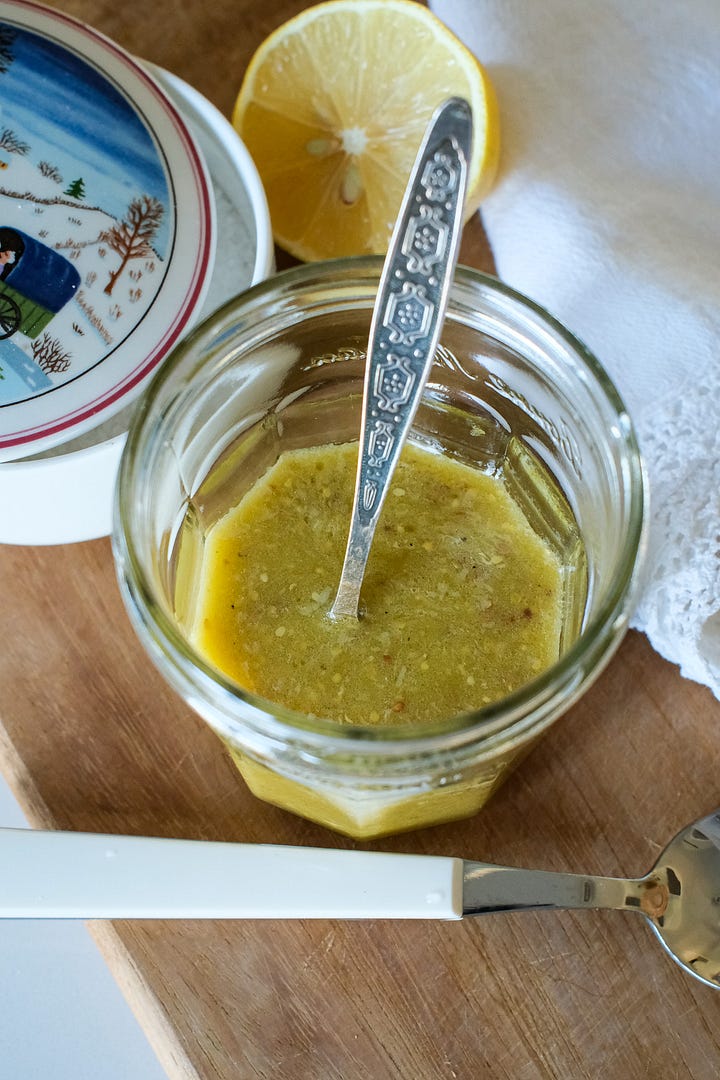
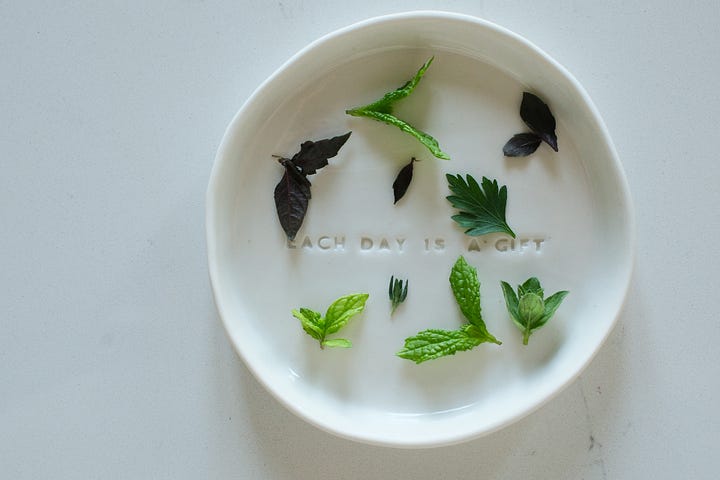
Seasonal Guide to Greens in Turkey
October–March (Cool-Season Greens):
Arugula
Curly or butterhead lettuce
Garden cress
Radish leaves
Sorrel
Young chard
Mustard greens
Dill
Parsley
Mint
Purple basil
Chives
Spinach (best Nov–March)
March–July (Spring Transition):
Basil (peaks late April–July)
Mint
Fresh thyme
Purslane (May–Sept)
Green onions
Young garlic
Marjoram
Dill
July–September (High Summer):
Basil
Purslane
Summer lettuces (more fragile, handle gently)
In peak summer, tender greens wilt fast and lose aroma. This is when leaf salads give way to fruit, grilled vegetables, or legume-based plates.
Mixed Green Salad with Anchovy Vinaigrette
Serves 2
INGREDIENTS
¼ head lettuce (curly, butter, or romaine)
2 sprigs fresh thyme
2 sprigs rosemary
2 chives (or green onions, thinly sliced)
2 sprigs flat-leaf parsley
2 sprigs dill
2 sprigs basil
2 sprigs marjoram
2 sprigs purple basil (reyhan)
2 sprigs mint
Sea salt and freshly ground black pepper
Anchovy Vinaigrette:
1 anchovy fillet
1 small garlic clove
Juice of ½ to 1 lemon (depending on size and tartness)
1 tsp Dijon mustard
1 tsp whole grain mustard
1 egg yolk (optional, for richness)
Extra virgin olive oil (approx. 6–8 tbsp, as needed)
Freshly ground black pepper
METHOD:
Wash the greens in cold water with a splash of vinegar. Rinse thoroughly and spin dry—this step is non-negotiable. If the leaves are still damp, the dressing won’t cling and the flavor won’t land properly.
To make the vinaigrette, mash the anchovy and garlic to a paste using a mortar and pestle. Transfer to a bowl. Add the mustards and egg yolk, if using, and whisk until smooth. Add the lemon juice and whisk again.
While whisking constantly, slowly drizzle in the olive oil—just like you would for a mayonnaise. The goal is a silky, cohesive dressing that holds together without separating. If making ahead, whisk or shake before using.
Tear the greens and herbs into a large bowl. Pour the vinaigrette over and toss gently with your hands, folding the dressing through until each leaf is lightly coated. The salad should look glossy—not soggy, not overdressed.
Taste and adjust. The sharpness of the vinaigrette will mellow once combined with the greens. A final touch of black pepper or an extra spoon of dressing over the top is optional but welcome.
Afiyet olsun!
Kitchen Notes:
→ The ideal oil-to-acid ratio is 3:1, but 2:1 works well for sturdier greens or when you want more bite.
→ To enrich the dressing, add ingredients like anchovy, egg yolk, or even a spoon of mashed avocado.
→ Don’t fear anchovy—it brings umami depth without tasting fishy. Or add ½ to 1 teaspoon of fish sauce instead.
→ For aromatic lift, try minced shallots, fresh thyme, or a touch of citrus zest.
→ Always dress just before serving. Well-dried greens won’t leave a puddle at the bottom of the bowl.
→ Toss with your hands—tongs tend to bruise delicate herbs and over-handle tender leaves.
CURATED ESSENTIALS
OXO Salad Spinner
If you make a lot of salads, a salad spinner isn’t just useful—it’s essential. The one from OXO happens to be the one I’ve kept around, mostly because it actually works the way you need it to. The one-handed pump lets you spin while your other hand is doing something else, and more importantly, it dries greens fast—without leaving behind those beads of water that ruin a good vinaigrette.
The bowl is big enough to handle a full bunch of herbs or lettuce, and it doesn’t wobble around like some of the cheaper ones. It’s solid. Not glamorous, but one of those pieces that quietly earns its place on the shelf.
IKEA’s stainless steel mixing bowl
IKEA’s stainless steel mixing bowl is one of those humble, hardworking pieces that actually earns its keep. In pro kitchens, it’s sometimes called the “mayonnaise pot” because it’s the go-to for whisking sauces, tossing salads, or setting over a pot for gentle steaming. Being stainless steel, it doesn’t stain, absorb smells, or react with ingredients—and it holds temperature well, whether you’re doing a quick ice bath or kneading dough.
Deli Dane Memecik Olive Oil
Cold-pressed from early harvest Memecik olives grown in Milas, this oil stands out for its bold aroma and high polyphenol content. It’s green, grassy, and finishes with a clean, peppery kick—exactly what you want from a robust extra virgin.
Ideal for recipes where olive oil takes center stage: think salads, grilled vegetables, fish, or a simple bowl of white beans. A few drops are enough to lift a dish. This is a pantry staple for cooks who care about good oil.



